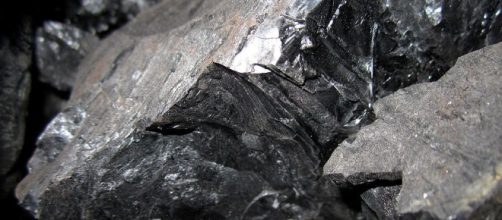One of President Donald Trump’s campaign promises was to revive the American coal industry, ravaged as it has been by President Obama’s drive to end the fossil fuel economy. But coal as a primary source of energy’s days may be numbered, thanks to cheap, much cleaner burning natural gas and the eventual development of other energy producing technologies such as fusion. However, the coal industry may get a second life, according to the Washington Examiner, thanks to rare earths, materials that are crucial to high-tech industries.
What are rare earths?
Rare earths are a group of materials that are chemically similar that, despite the name, is not particularly rare. The minerals are increasingly being used in high-tech products such as smartphones as well as a great many defense applications.
The problem is that the United States is importing half of the minerals it needs, including rare earths. The source of much of the Rare Earth Minerals that America needs is in China, which could become a problem in the event of armed conflict. Thus, the hunt for other sources of the important material proceeds apace, even going so far as extraterrestrial sources such as the moon or asteroids as well as mines in the United States.
Coal mines as a source of rare earths
It turns out that three methods exist for extracting rare earths from coal and coal byproducts. The first is to burn away the carbon, leaving the rare earth minerals and other material behind. The second involves mining coal in such a way as to extract the rare earths from a substance called refuse, the total rock mined minus the coal that is usually discarded. The third method involves something called acid mine drainage, where the important material is extracted along with iron and aluminum.
Using coal as a source of rare earths was an initiative started during the Obama administration but was hampered by the move to close down the coal industry in favor of renewable energy sources such as wind and solar.
The initiative, which involved setting up markets and a supply chain for the important material extracted from coal mines, languished in Congress in any case.
Combined with other initiatives such as processing coal into a cleaner burning variety, plus the introduction of carbon capture technology to power plants, the rare earths initiative might just give the coal industry a new lease on life. The captured carbon can be used in a variety of products such as carbonated drinks and biofuels.
The demand for rare earths is only going to increase as more high tech products are introduced that require the materials. The venerable coal industry may play a part in making America self-sufficient in the important material.


